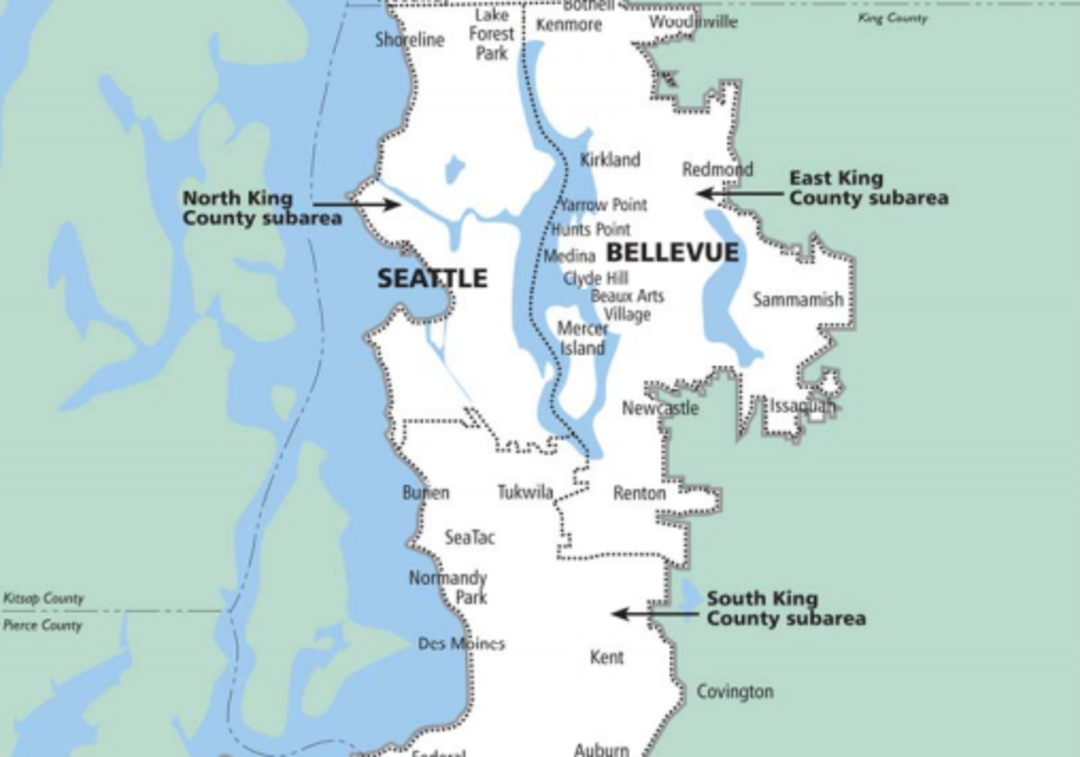One Question for Mayoral Candidate Ed Murray


One Question
At the 46th District Democrats' mayoral candidate forum last week, state Sen. Ed Murray, who's running for Seattle mayor, said he supported abolishing Sound Transit's policy of "subarea equity," which mandates that funds raised in one of the transit agency's five geographic "subareas" (Snohomish, North and East King, South King, and Pierce) are spent on projects that benefit that subarea.
Supporters of subarea equity say that the policy is, well, equitable: It wouldn't be fair for Snohomish County, for example, to spend its tax dollars on projects in Pierce County that don't benefit Snohomish directly."You wouldn’t want to create a rural vs. suburban or urban war. But you do want to put it where it’s used and where it’s used the most."
Opponents say subarea equity is unfair because it doesn't build transit where it's needed (and wanted) most, in dense urban areas like Seattle (and, increasingly, Bellevue) by locking dollars in the suburbs.
Additionally, opponents argue that requiring lots of transit spending in sparsely populated, far-flung areas practically guarantees that transit will feed sprawl instead of promoting density in the region's urban cores.
Murray has been a bit of an enigma on Sound Transit. In a recent interview with PubliCola, he told us he'd "always been a strong supporter of Sound Transit" and would "push aggressively for Sound Transit 3" (the next expansion, which will have to be approved by voters).
But as a legislator, he also pushed to make Sound Transit's board directly elected (currently, it's made up of elected officials from jurisdictions in its geographic area) and to consolidate it with other regional transit agencies—two ideas Sound Transit has consistently opposed.
His position on subarea equity could suggest that Murray is thinking regionally about transit funding—which is what he told us back in December, when (criticizing Mayor Mike McGinn's proposal to have Seattle build its own rail line from downtown to Ballard) he said rail has "got to be built on the regional level."
King County Metro recently eliminated its own version of subarea equity, which required Metro to spend 40 percent of revenues in South King County, 40 percent on the Eastside, and just 20 percent in Seattle.
Our question for Murray: Why do you think Sound Transit should eliminate subarea equity, and what do you think a Sound Transit without the subarea equity requirement would look like?
Murray's response:
Subarea equity works against putting transit where it’s most useful—in urban areas. That no longer means just Seattle—it's the burbs, too, because you have density in areas like Bellevue. ...
It shouldn’t be a shrinking of the pie but an expansion of the pie. The formula that Metro had in the past did work against people who actually wanted to ride the bus. You could get rid of it in a way that doesn't hammer transit users. You wouldn’t want to create a rural vs. suburban or urban war. But you do want to put it where it’s used and where it’s used the most.
It speeds up light rail where you need it the most. Bellevue is a dense area; it has a dense urban core. But we have built pieces [of light rail] here and pieces there without actually building a system. I’d go back to the Portland model. They built the core first and then they built the pieces to the suburbs, really successfully.
We don’t prioritize very well. I call it [attention deficit disorder] transportation planning.




